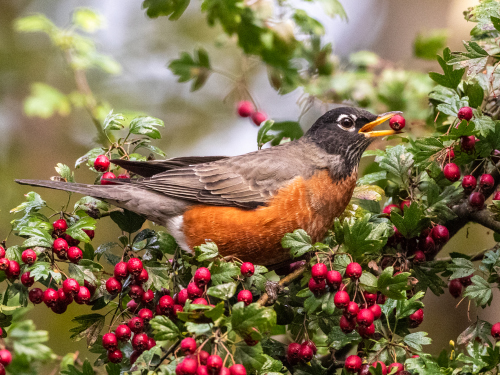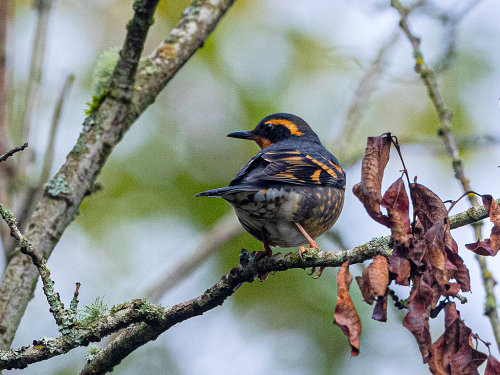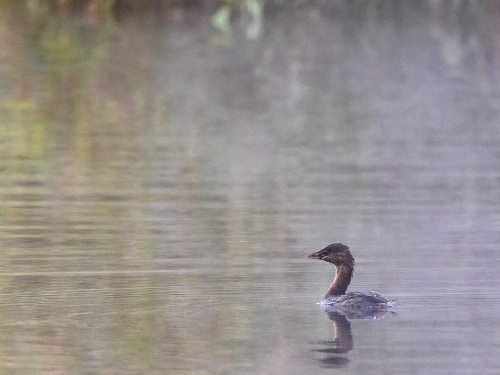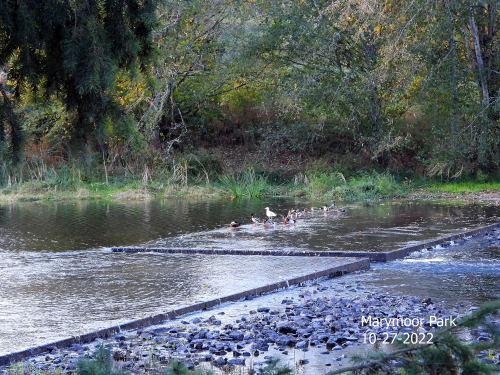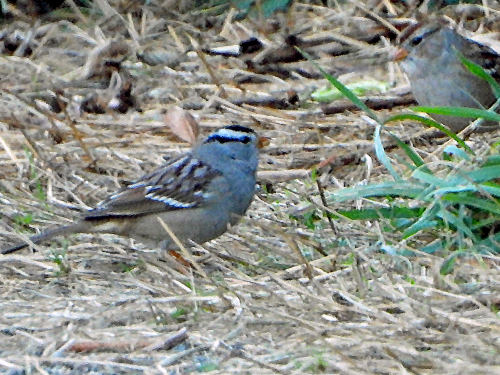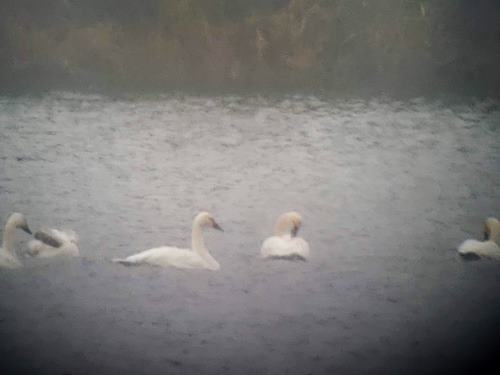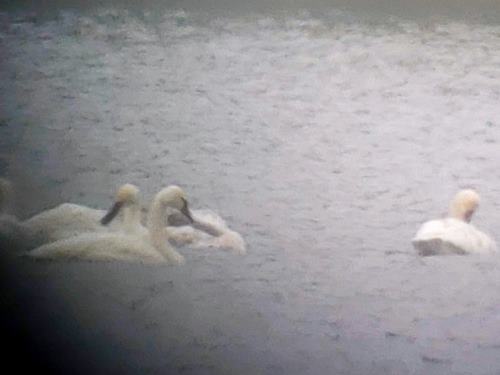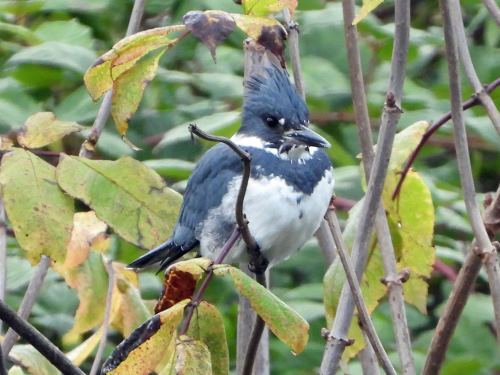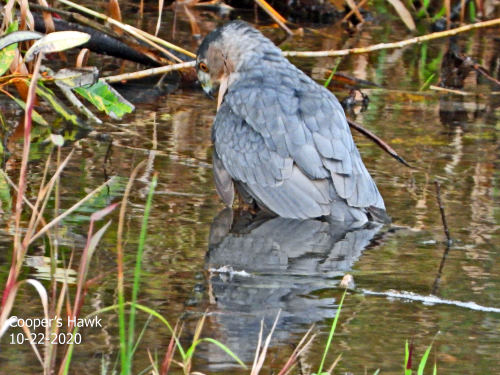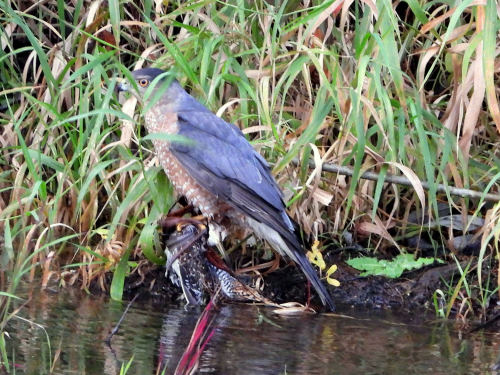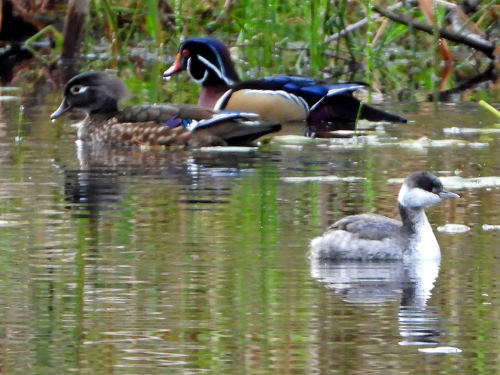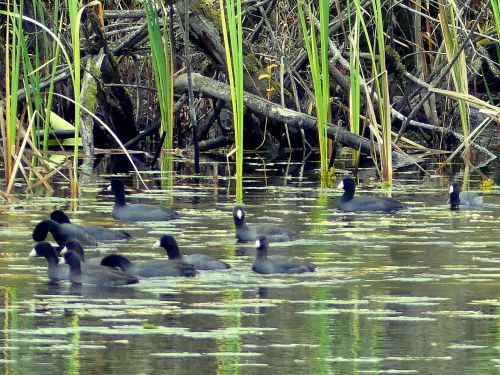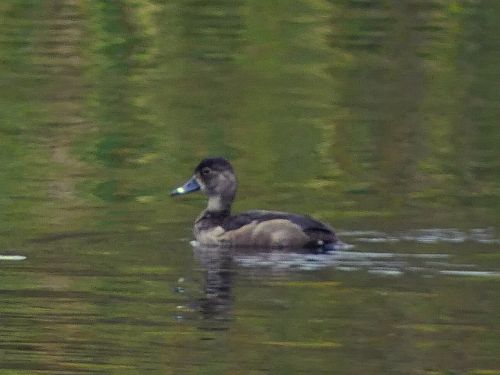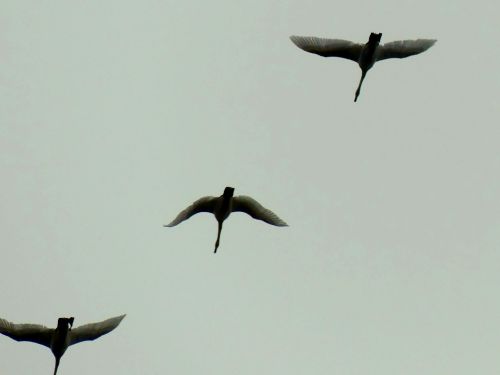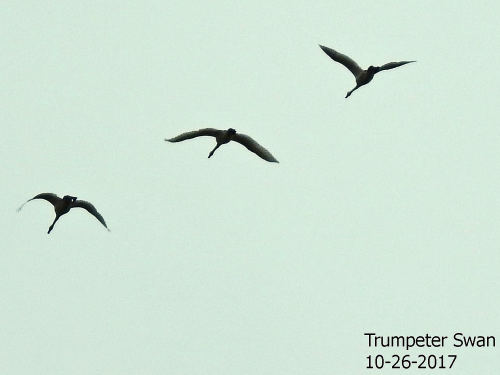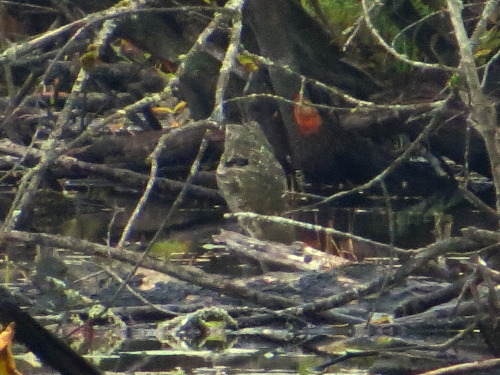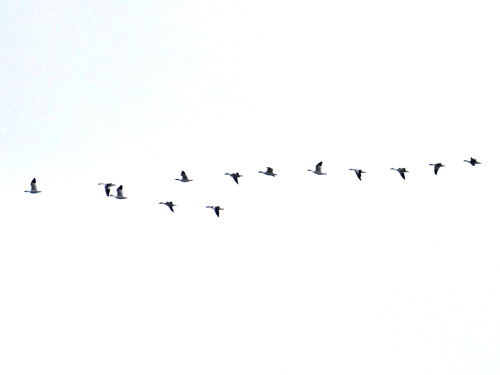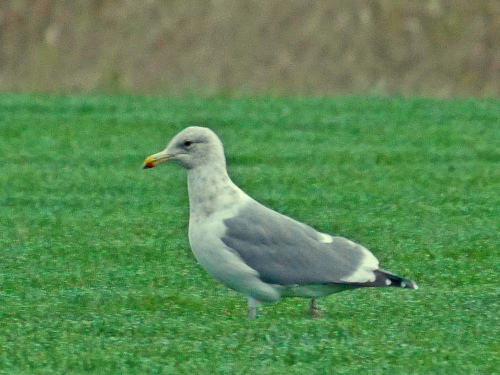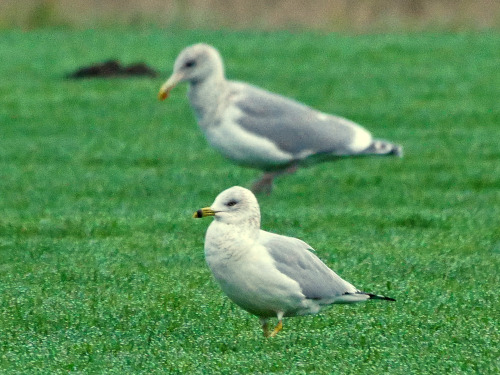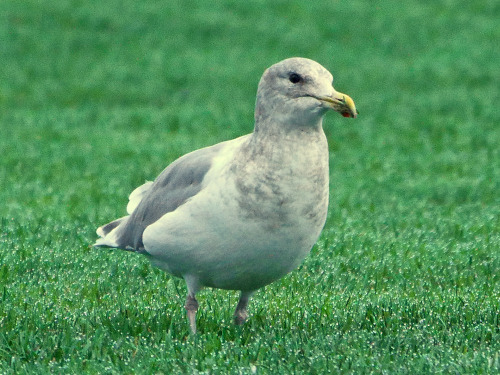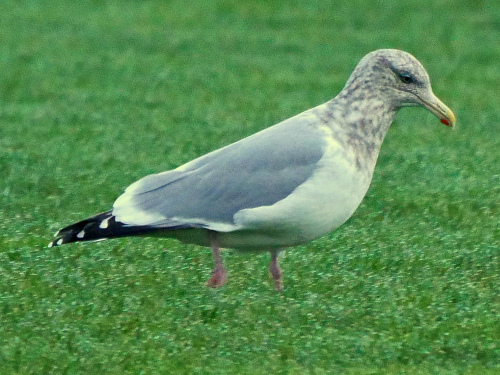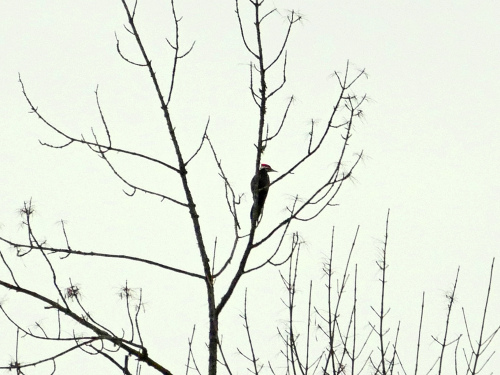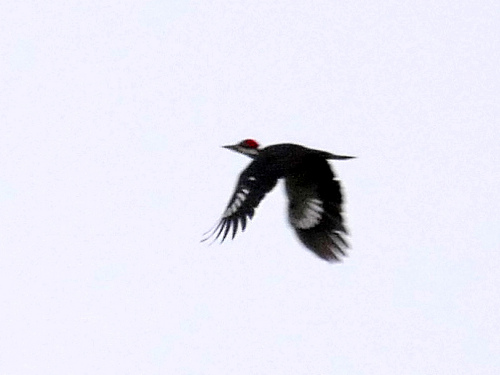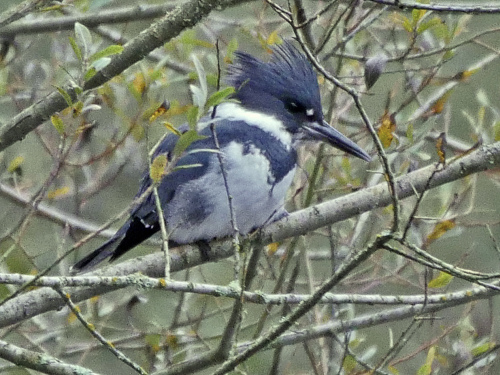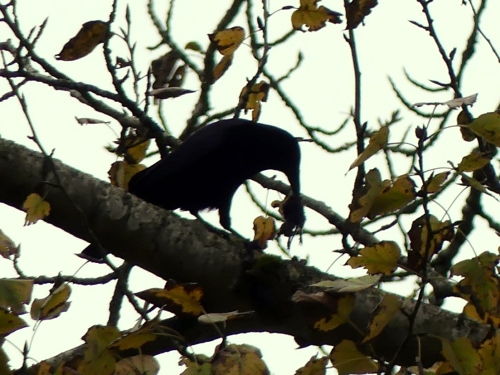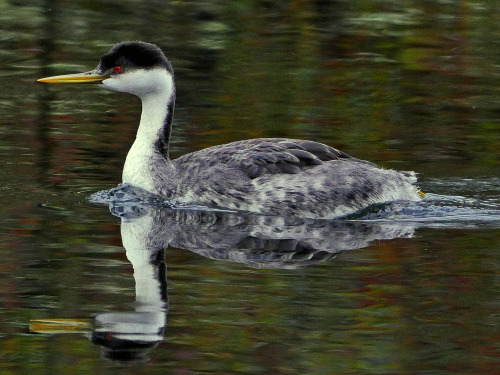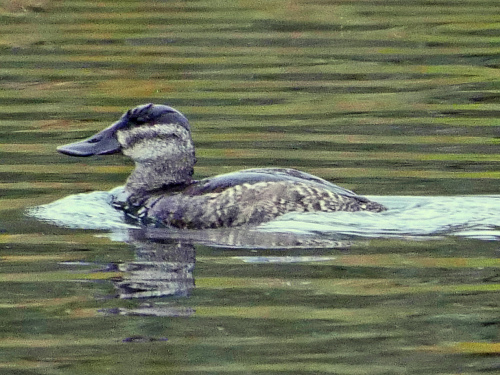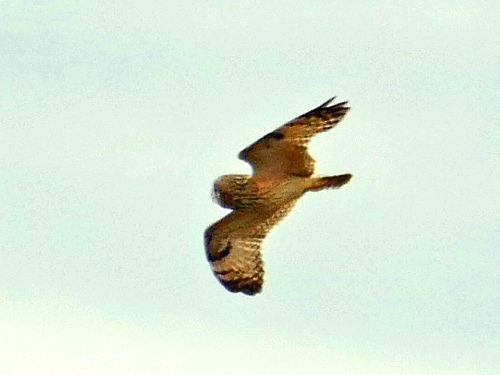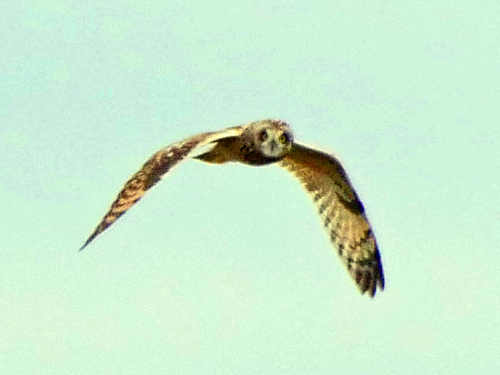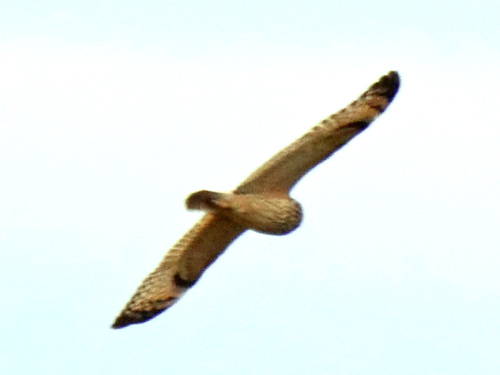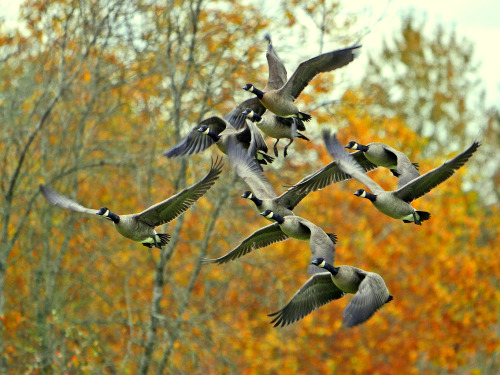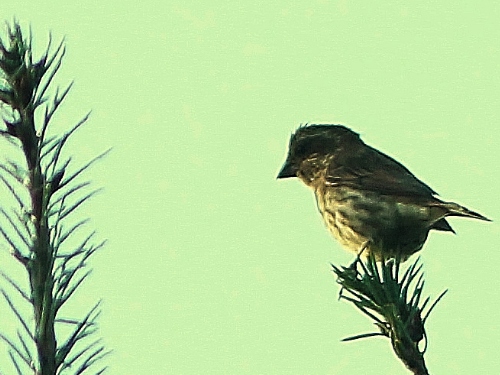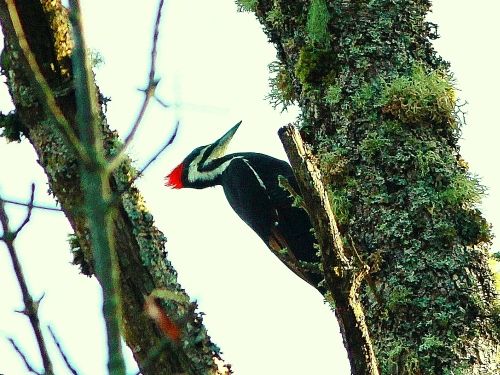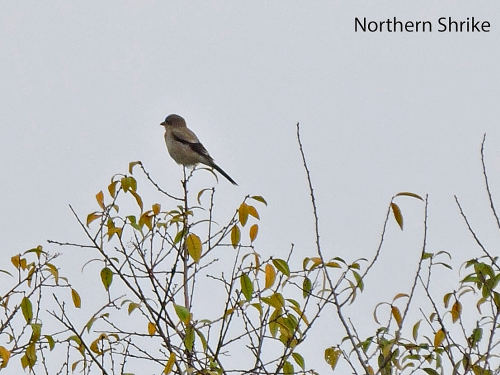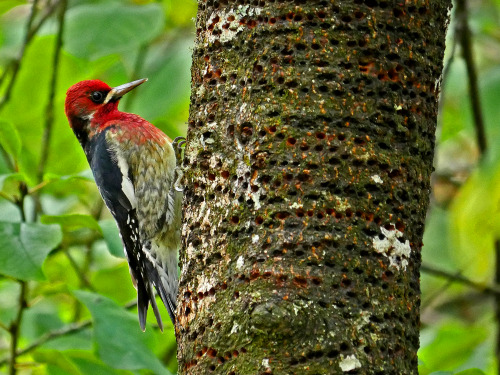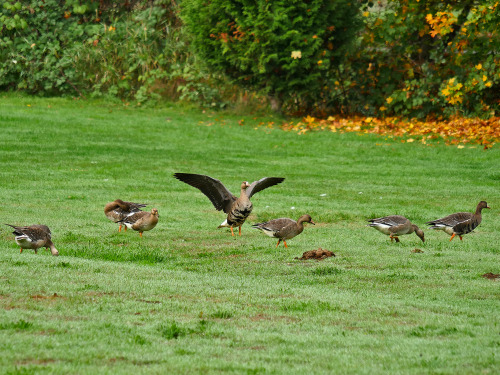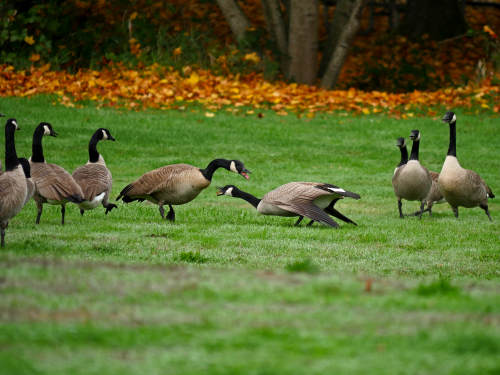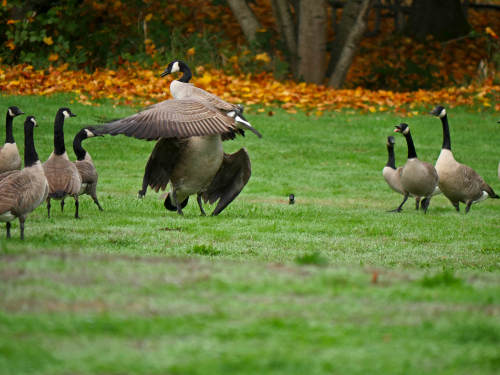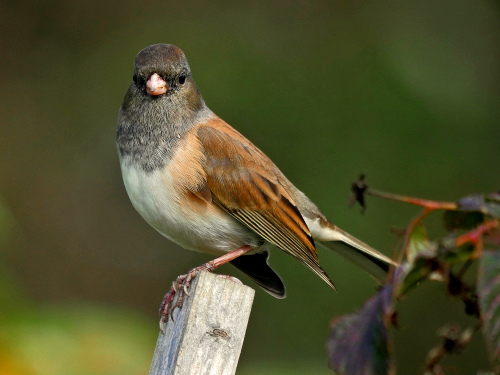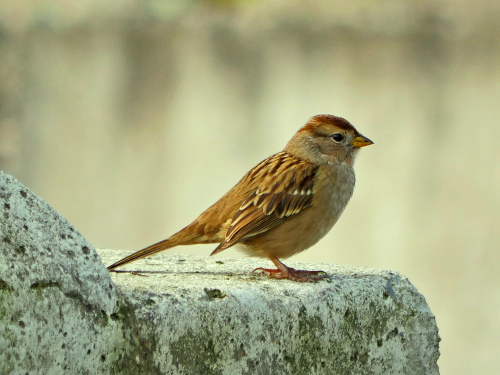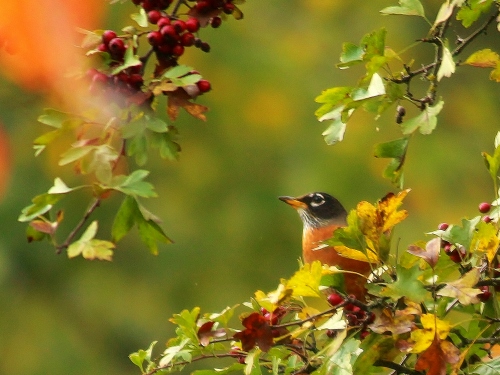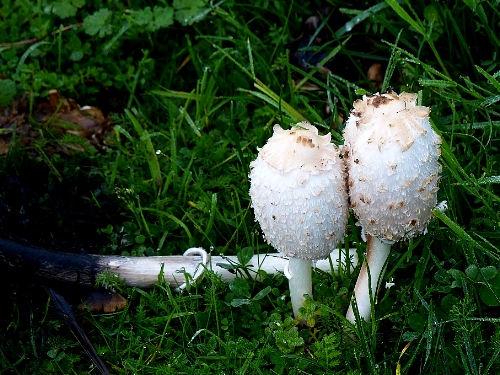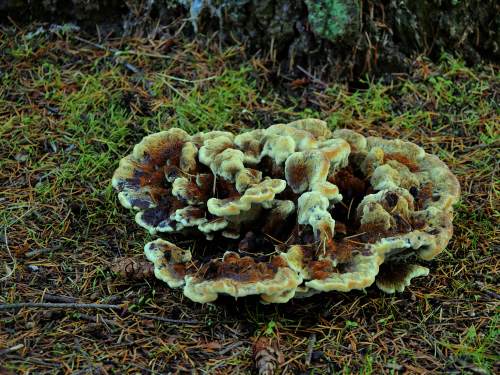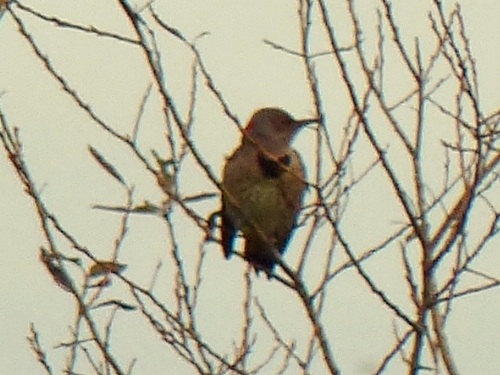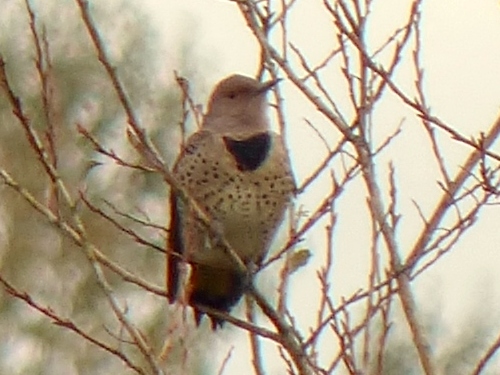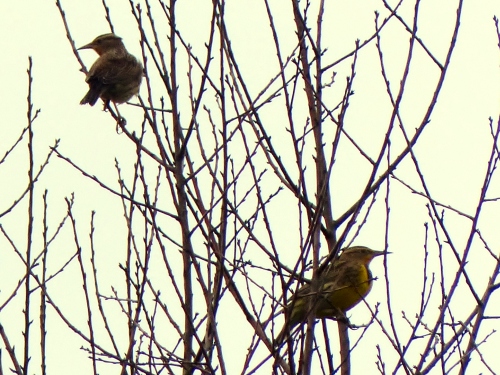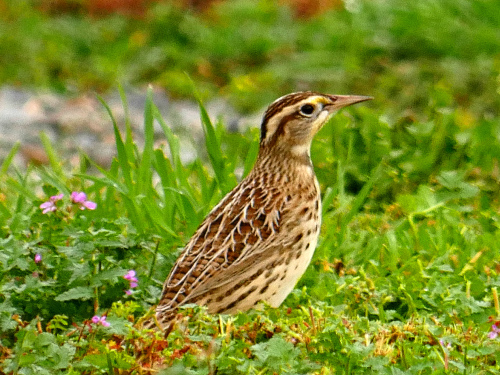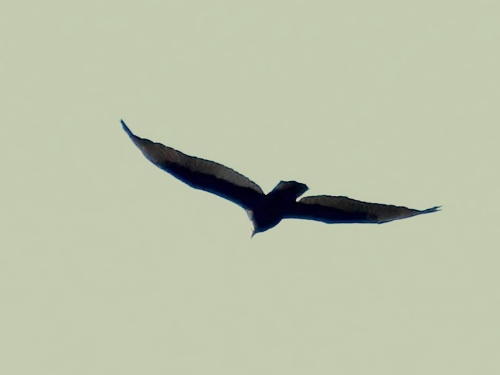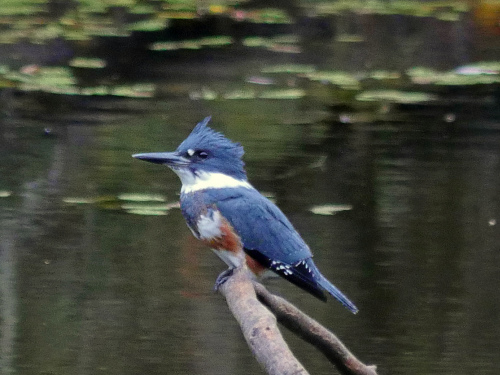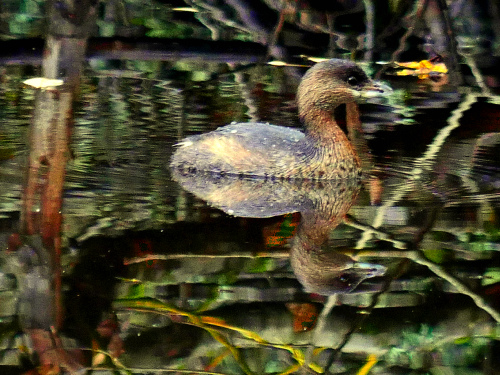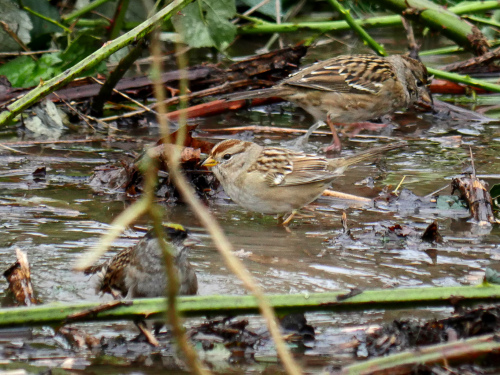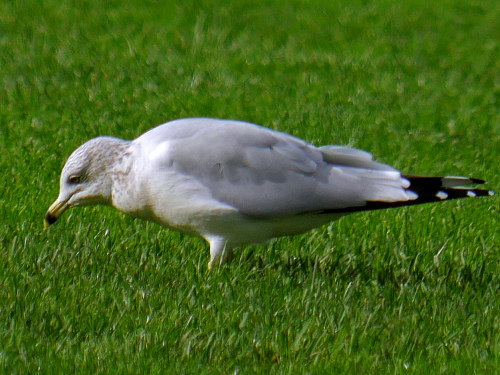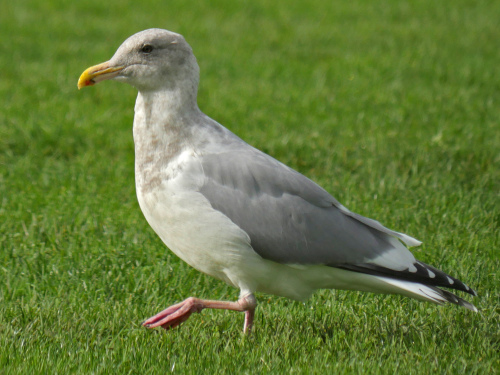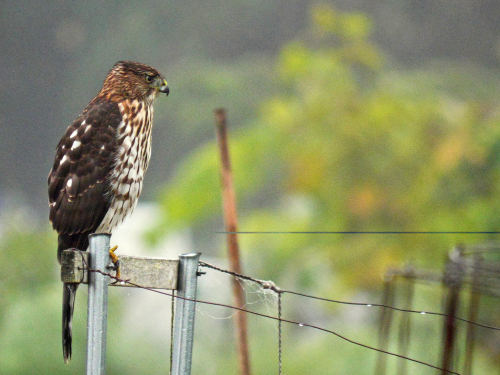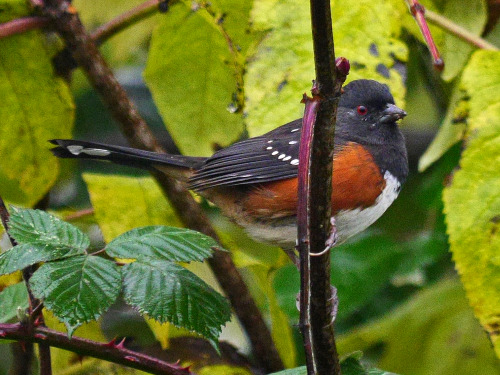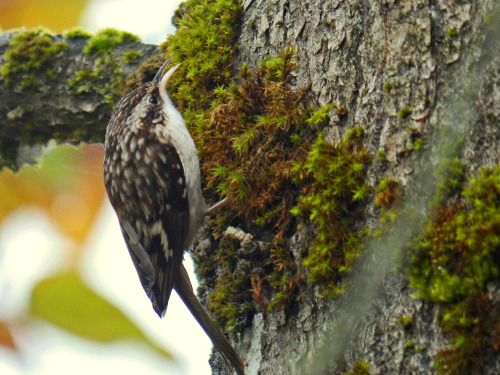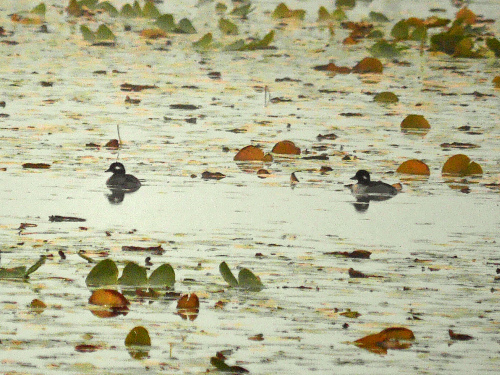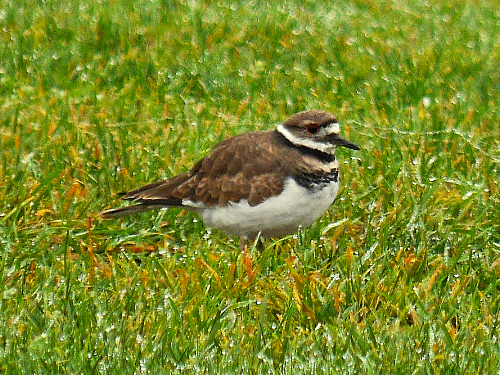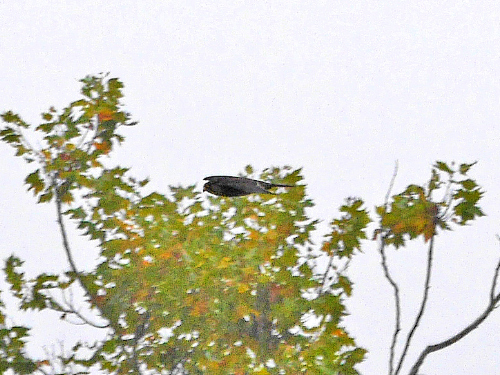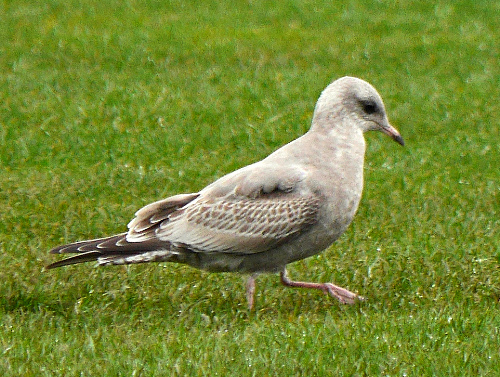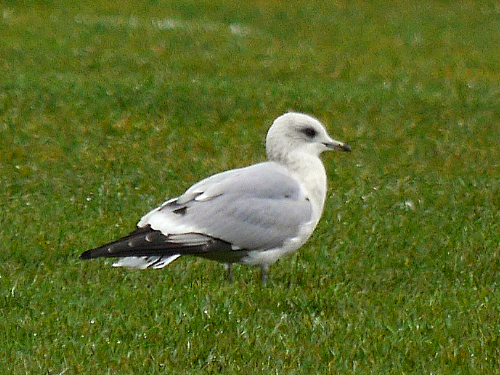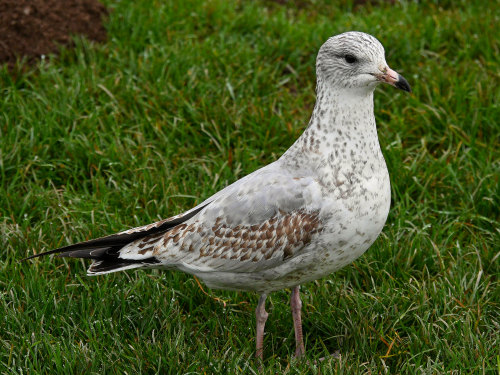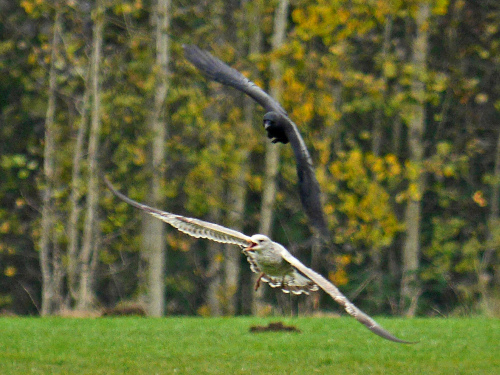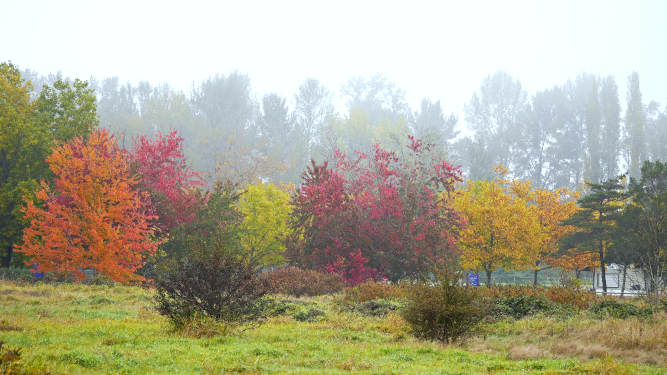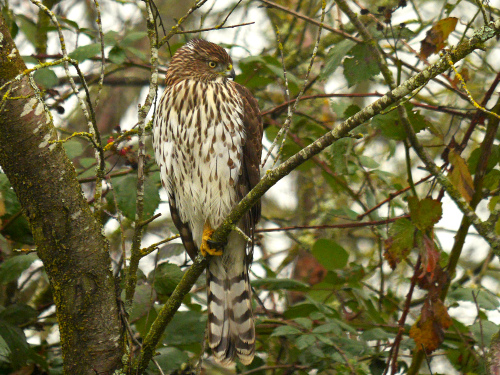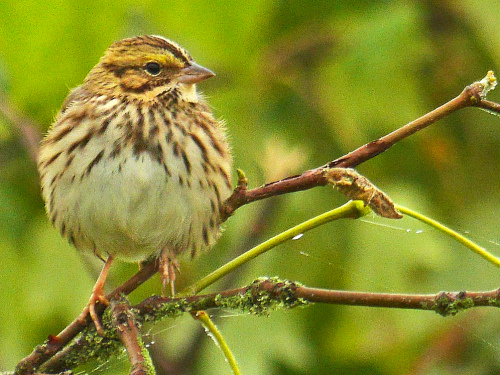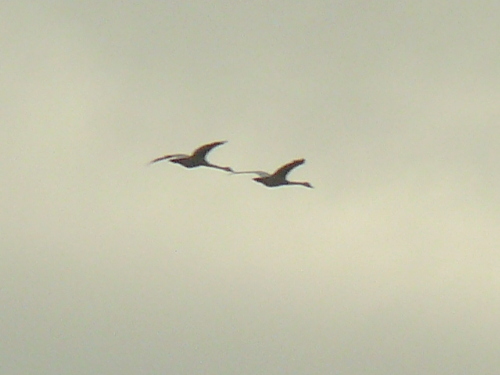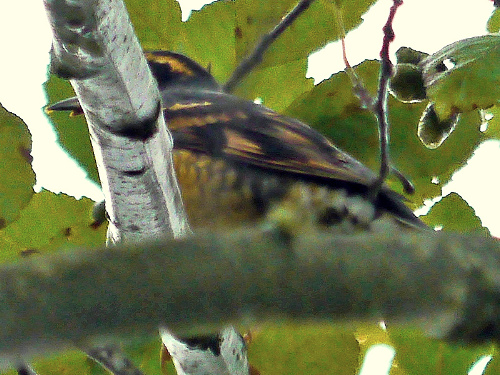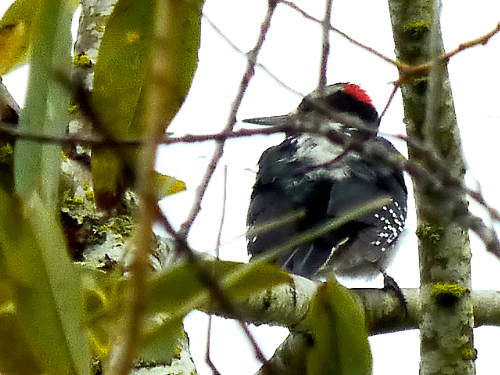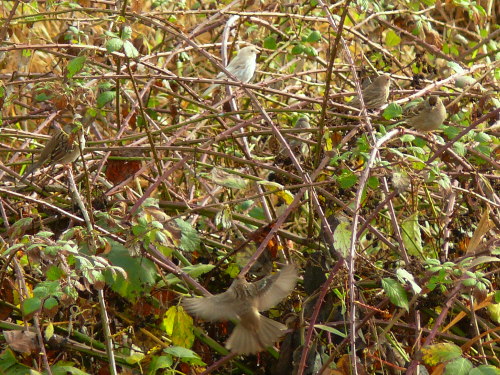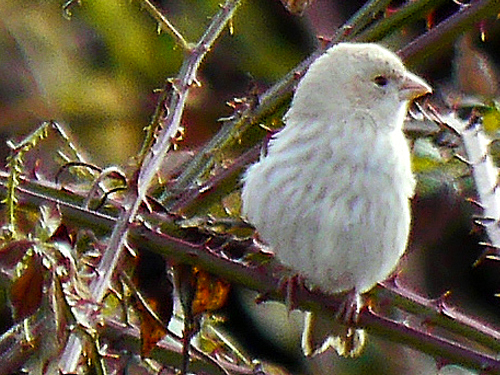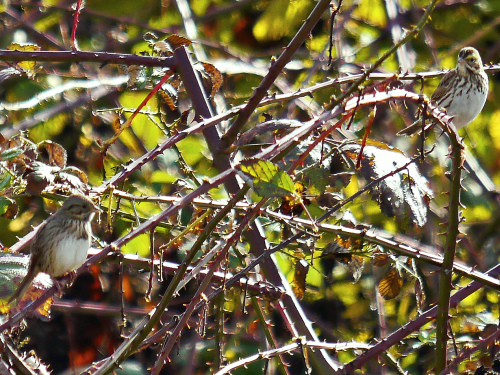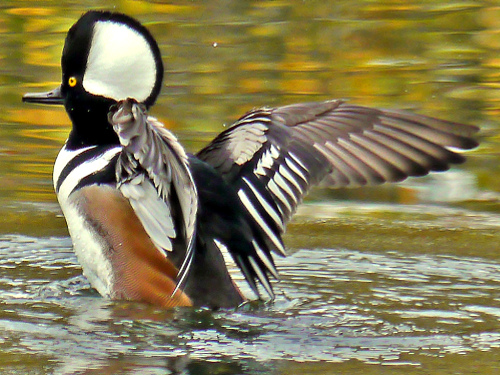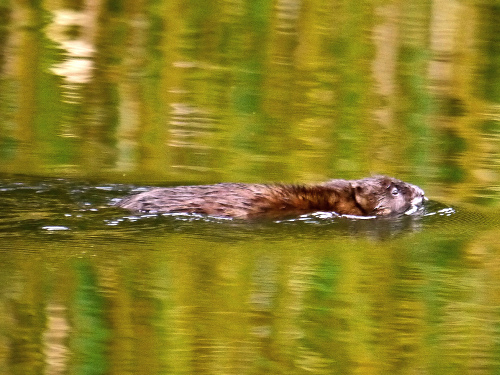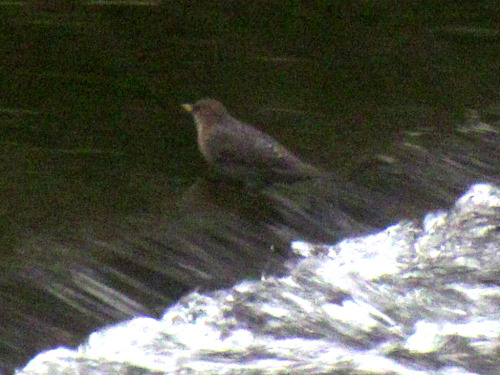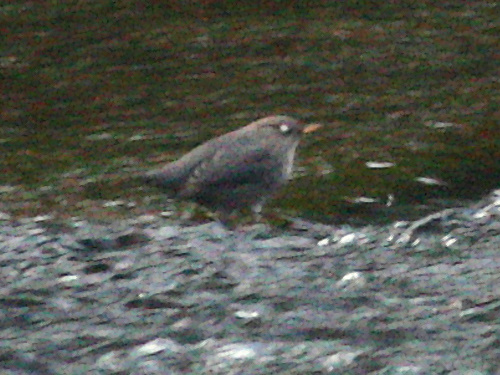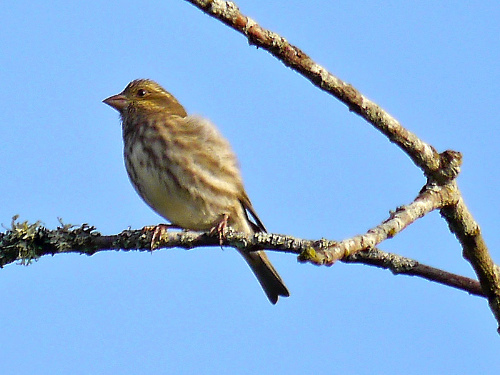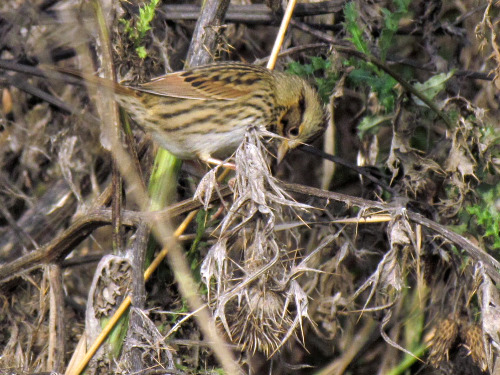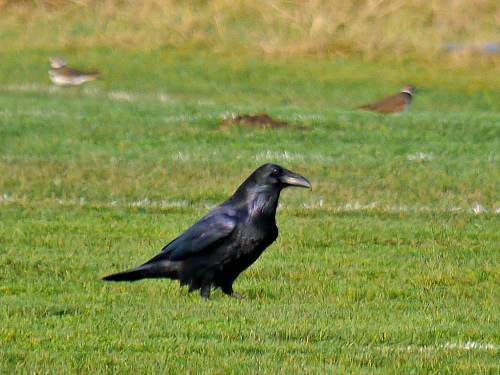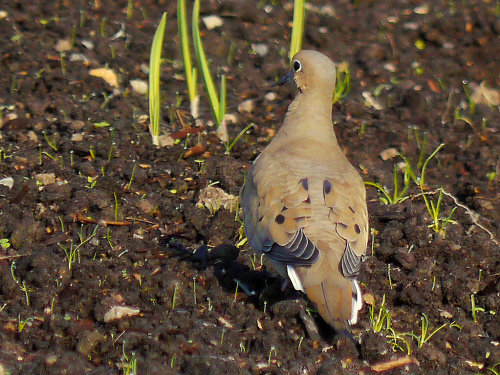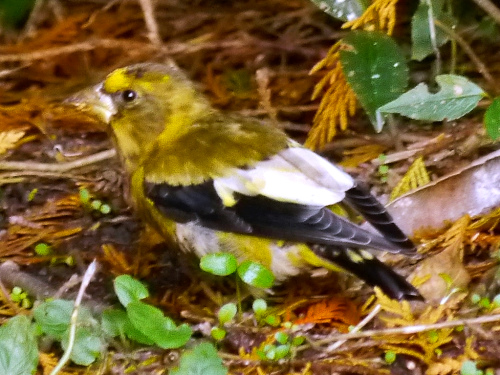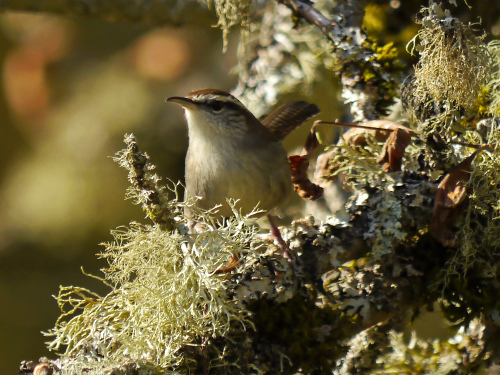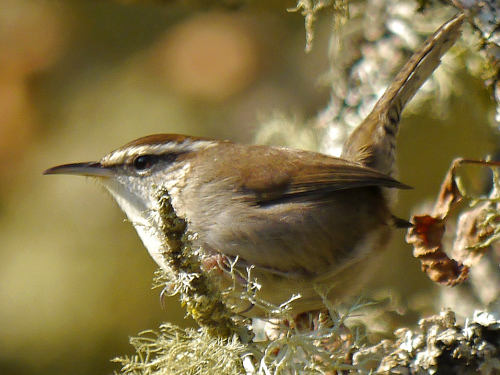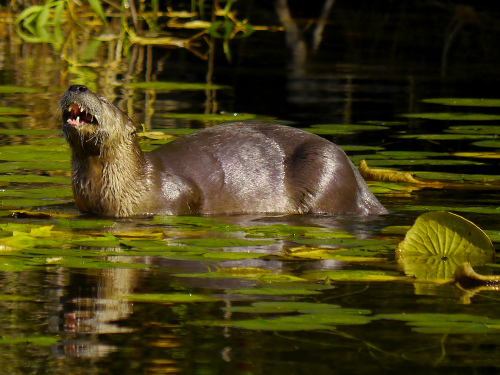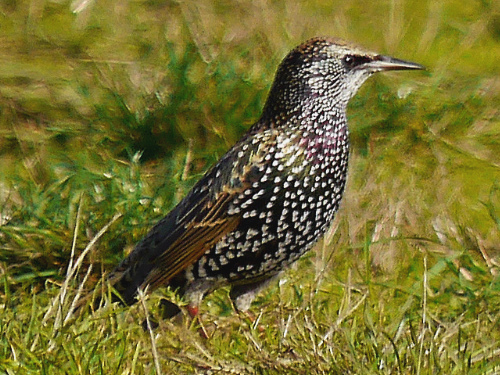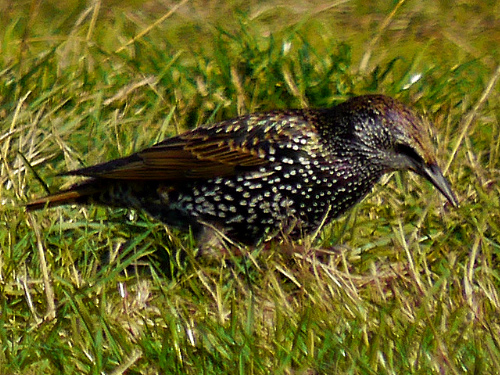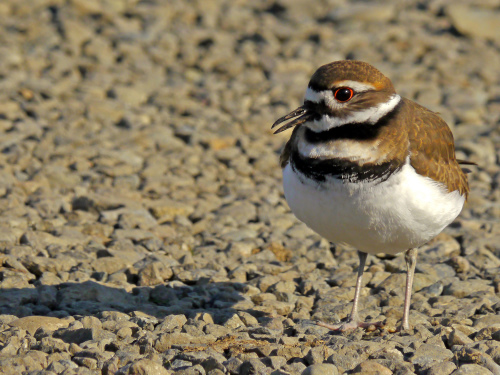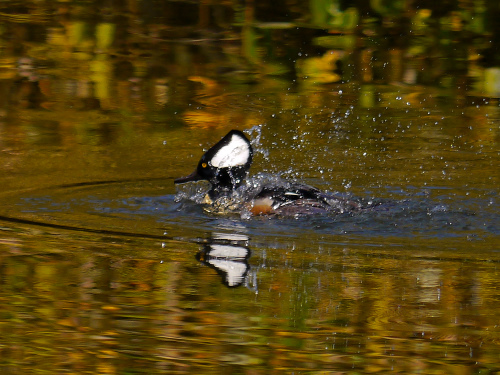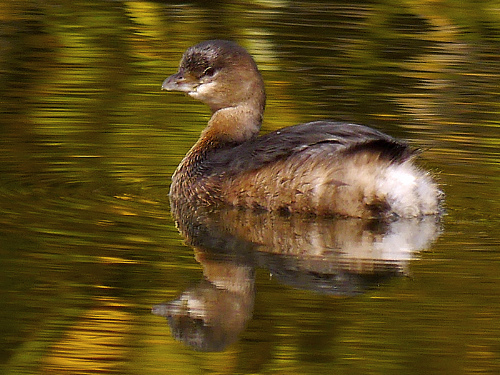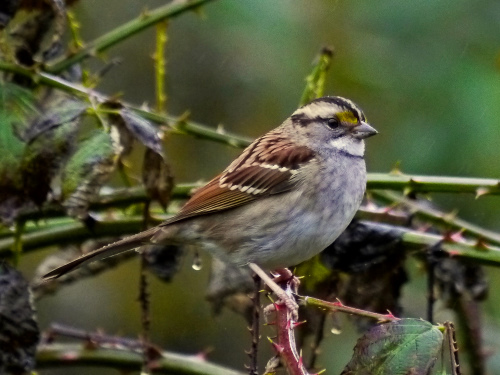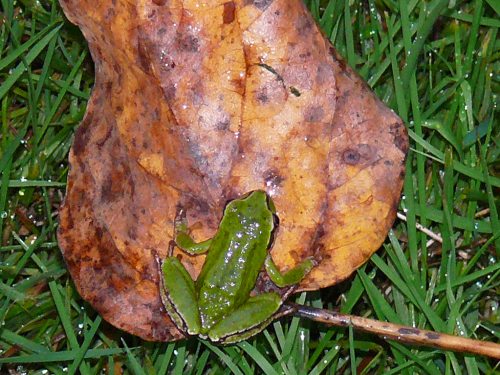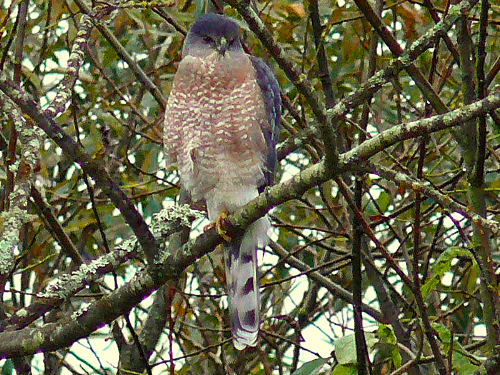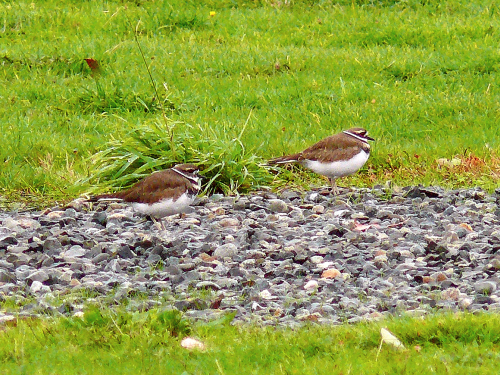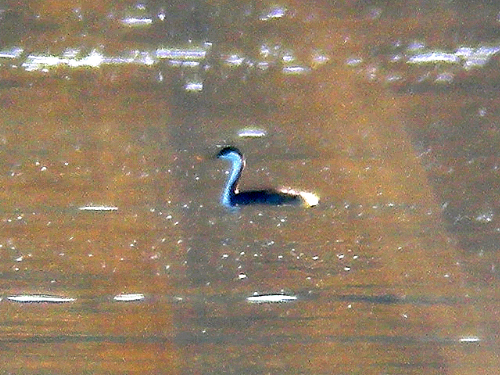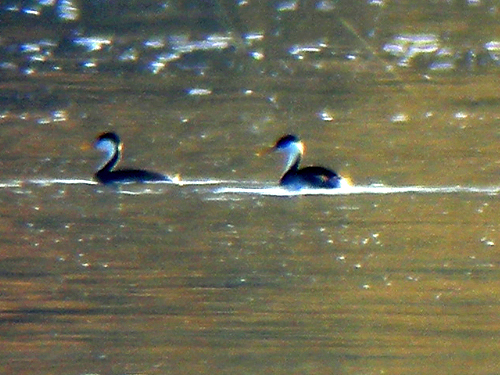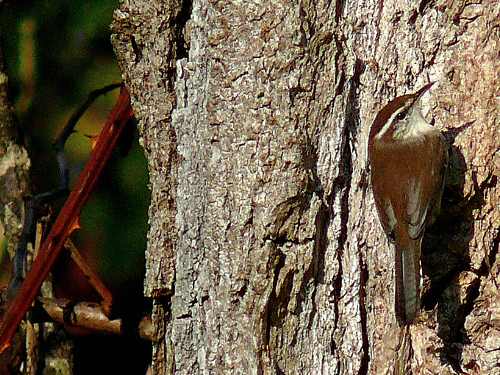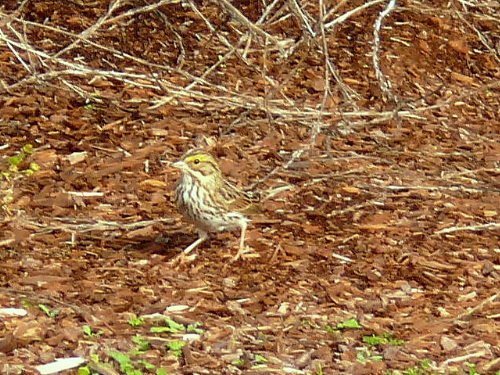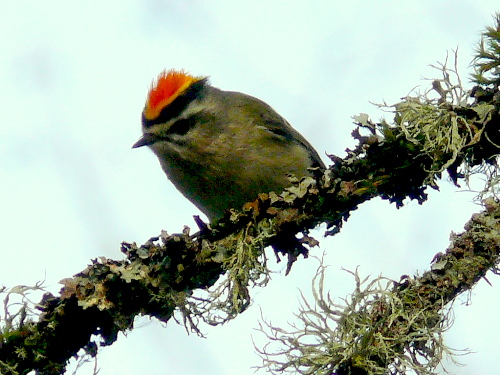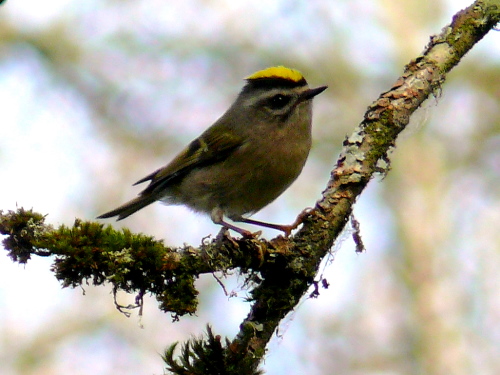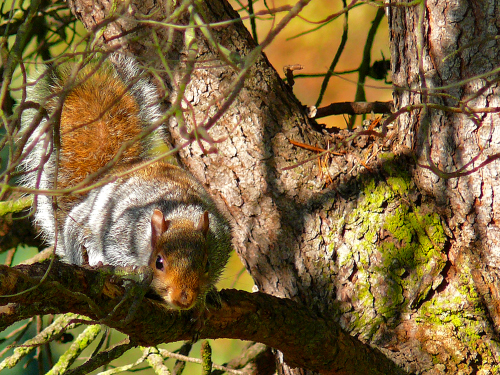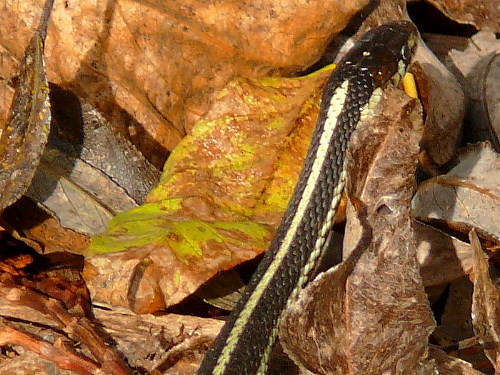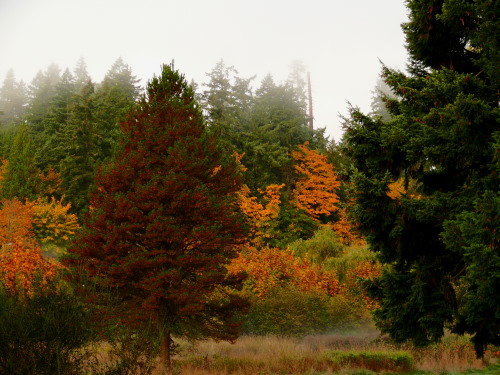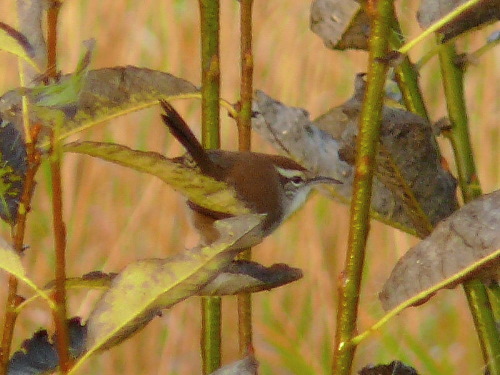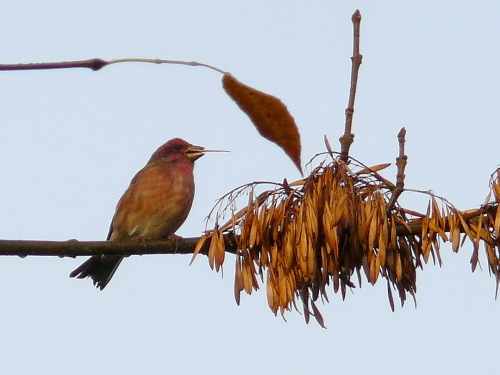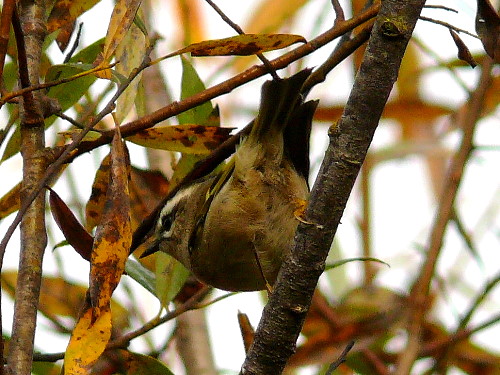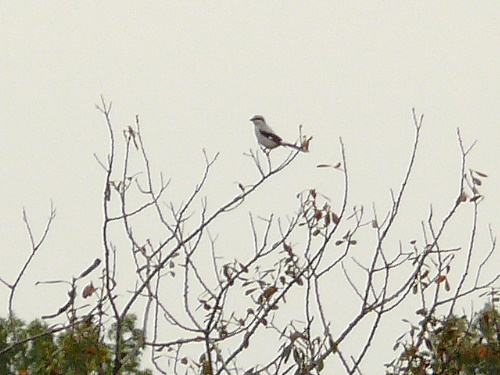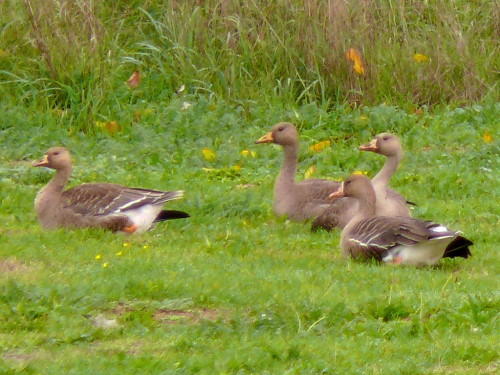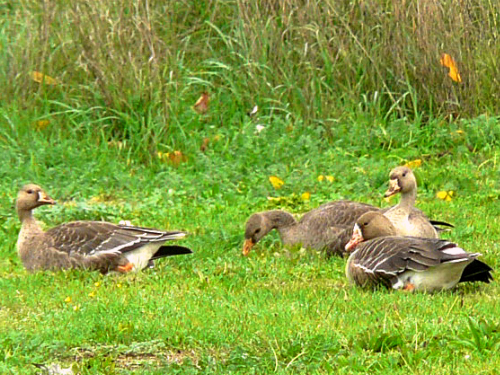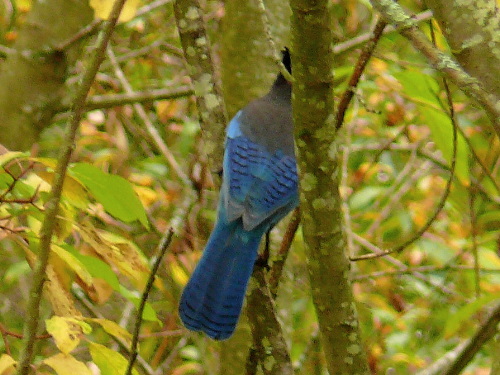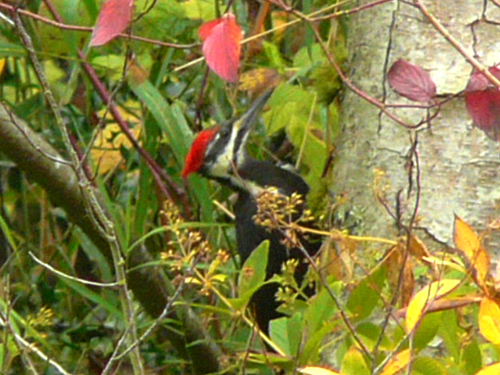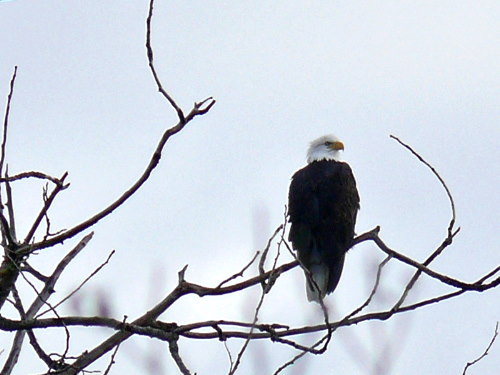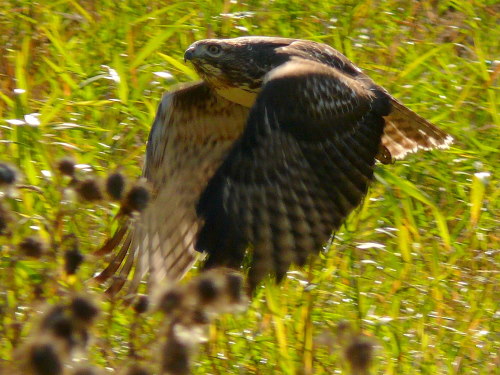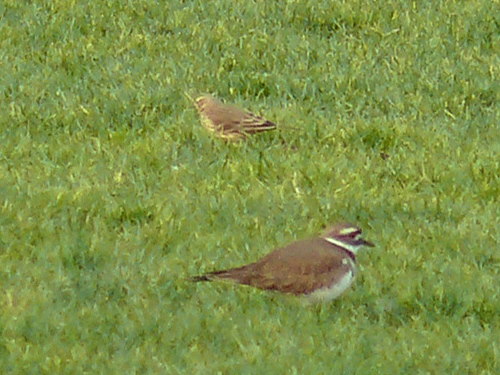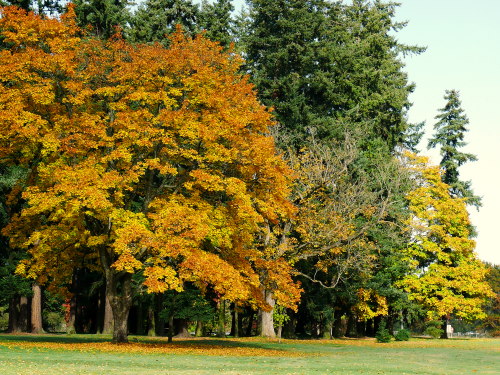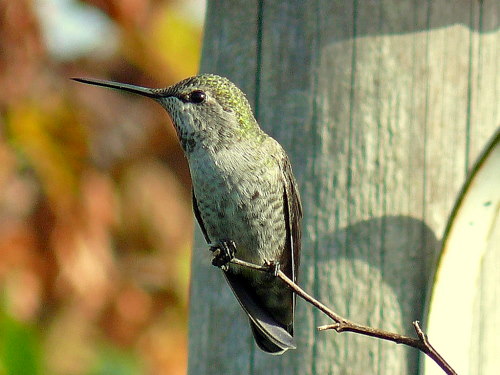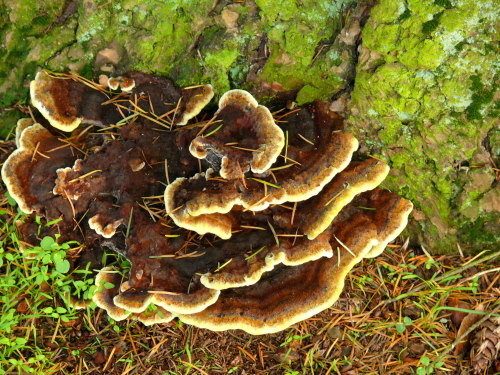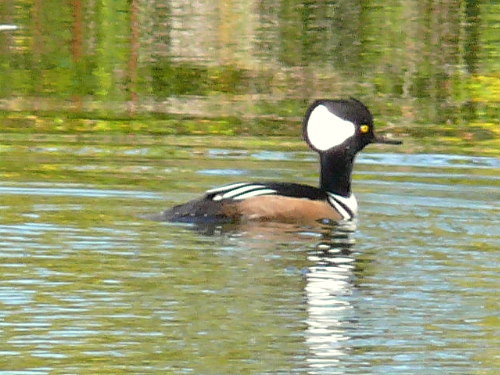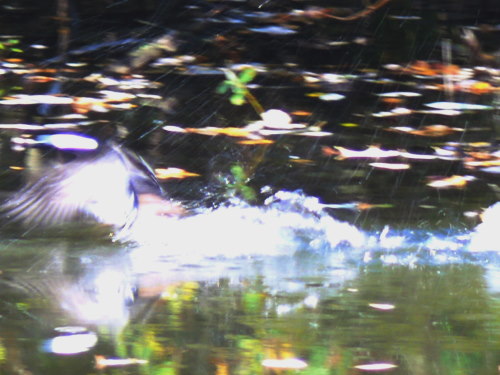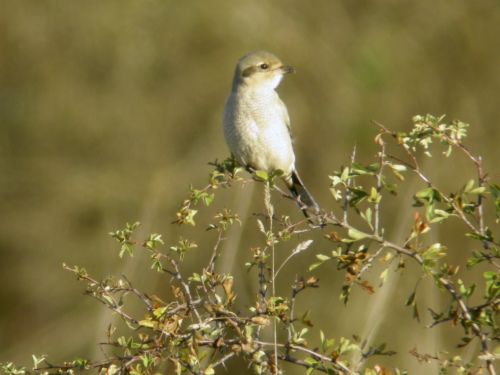Prev |
Bird Sightings Week 43
|
Next |
Rarities for Week 43:
| Tundra Swan | 28-Oct-21 | 35 in NE corner of lake |
| Sandhill Crane | 23-Oct-23 | eBird photos |
| Franklin's Gull | 26-Oct-14 | 1st winter bird, present to at least 30-Oct-14 |
| Iceland Gull (L. g. thayeri) | 27-Oct-16 | Also seen 03-Nov-16 |
| Western Cattle Egret | 24-Oct-19 | |
| Rough-legged Hawk | 25-Oct-12 | Hovering over East Meadow at sunrise, then made its way over to fields 7-8-9 and drifted off to the northwest |
| Red-naped x Red-breasted Sapsucker | 27-Oct-15 | Hybrid. Spencer Hilde, ph. |
| ...Blue-gray Gnatcatcher | 22-Oct-99 | Bird present 21-Oct to 24-Oct |
| American Dipper | 27-Oct-11 | At weir |
| Island Canary | 22-Oct-07 | Escapee. Photographed by Linda Phillips |
| Swamp Sparrow | 26-Oct-05 | Two birds? Below weir, then later at Compost Piles |
Report for October 23, 2025 Birding at Marymoor
| Perhaps we should have started at 8:00 a.m. instead of 7:30. With sunrise not until 7:38, and with overcast skies, it was quite a while before the birds were awake and visible. It never did get birdy, though it did get nearly sunny before the end of the walk. Windless and warm, with no precipitation, but quiet except for the robins and crows. Highlights:
Misses today included Hooded Merganser, California Gull (though there may well have been some in the gulls while it was still too dark to really see), Pine Siskin, Lincoln's Sparrow, and Yellow-rumped Warbler (!). We did manage 54 species today, but at least 9 of those were heard-only, and about 15 were represented by only 1 or 2 individuals. = Michael Hobbs |
Report for October 24, 2024 Birding at Marymoor
| A bit chilly to start today, with dense fog pre-dawn. It took a while, but the weather eventually cleared, leaving us under beautiful sunny skies. A really nice morning to be out. Highlights:
Misses today included American Coot, Short-billed Gull, Northern Shrike (seen 15 of the last 30 years this week), and Lincoln's Sparrow. For the day, 60 species. = Michael Hobbs |
Report for October 26, 2023 Birding at Marymoor
| This was one of our better days in recent weeks. It was also our first frosty start of the fall, with a starting temperature of 32 degrees. It slowly warmed to 48, though, under partly sunny skies, with no wind at all. So quite pleasant, and a great reminder to have gloves, hats, hotties, etc., put back into the birding gear bag. Birds are definitely changing over; we had 9 species of ducks for instance. Highlights:
I was also at Marymoor on Wednesday, and had RED-BREASTED SAPSUCKER (first since August), two DOWNY WOODPECKER, and at least one ORANGE-CROWNED WARBLER, all in a fabulous mixed flock just south of the Dog Area. Misses today included Western Grebe, Virginia Rail, Short-billed Gull, California Gull (though there were many gulls in the pre-dawn fog), Red-tailed Hawk, Downy Woodpecker (but seen Wednesday), Northern Shrike (seen 15 of previous 29 years), Purple Finch (did they all transmogrify into Pine Siskin?), Savannah Sparrow, Lincoln's Sparrow, and Western Meadowlark. We had 59 species identified, with many ducks and gulls seen but not identified to species, and the probable Great Horned Owl. With the additional 3 species Wednesday, that's 62+ in 24 hours. = Michael Hobbs |
|
|
|
|
|
|
|
Report for October 27, 2022 Birding at Marymoor
| It was a blustery fall day today, and the ari was so fresh and clear! So, so, so much more pleasant than last week's fog+SMOKE. The river is still very low, but it's at least 5 inches higher than last week with a little water flowing over the weir for the first time in months. Not tremendously birdy today, and the birds came in clusters. But not bad at all.
Highlights:
In an abbreviated walk late yesterday afternoon I had:
Misses for yesterday and today combined included Western Grebe, Short-billed Gull, Ring-billed Gull, (though we did have a very few "Black wing-tipped Gulls" today of uncertain species), Cooper's Hawk, Downy Woodpecker, Northern Shrike, and Pine Siskin.
For the day, 55 species. Adding yesterday's birds, 58 species.
= Michael Hobbs
|
|
|
|
|
